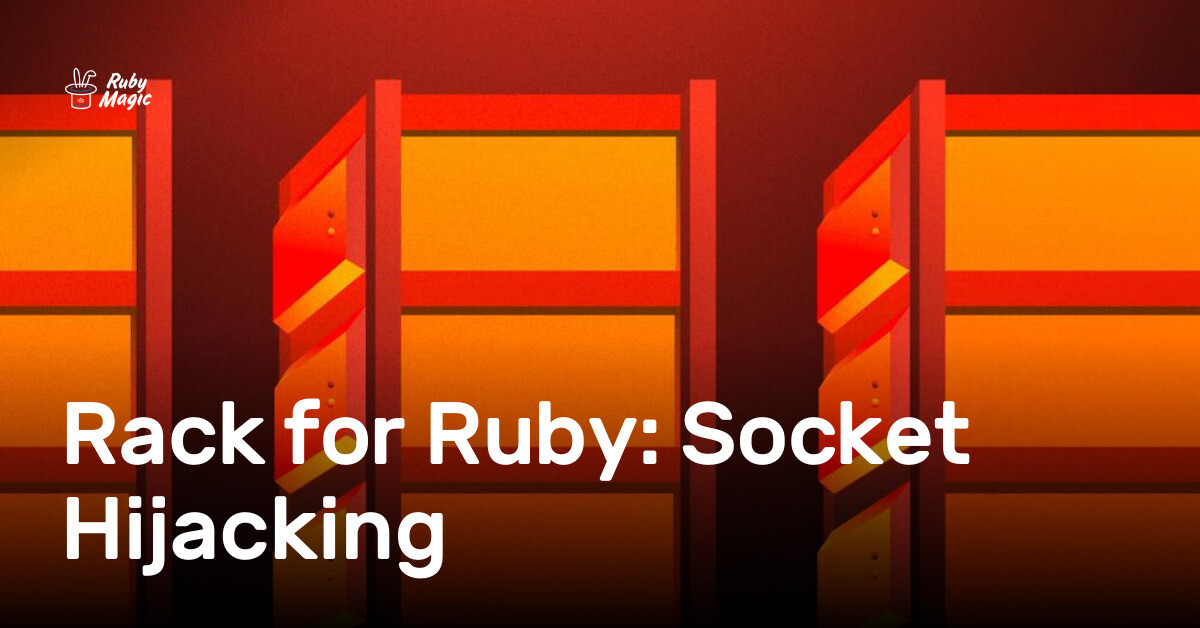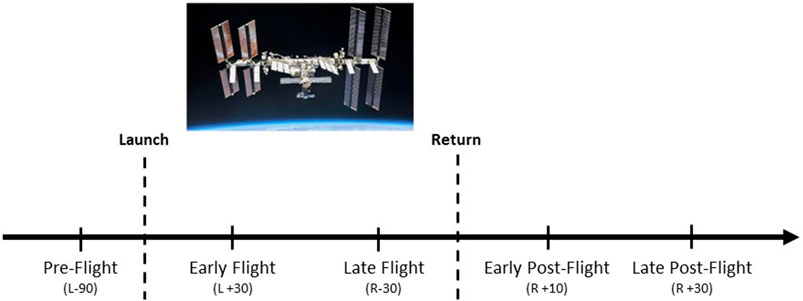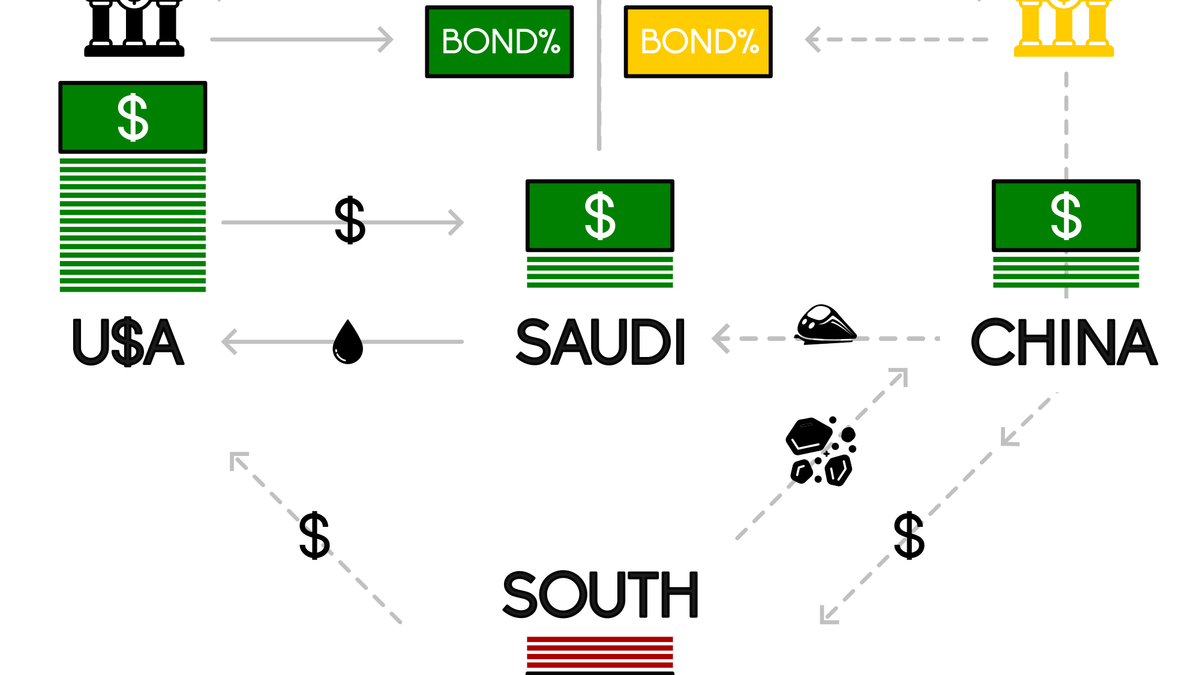
Rack for Ruby: Socket Hijacking
In this post, we'll take over connections from Rack and hold persistent connections to enable pathways such as WebSockets.
As this diagram shows, a TCP socket is opened, and a request is sent to a server. The server responds and closes the connection. All communication is in plain text.
Using a technique called socket hijacking, we can take control of a socket from Rack when a request comes in. Rack offers two techniques for socket hijacking:
rack.hijack is a Rack header, set in the same Hash as the HTTP response headers. Rack will look for such headers and process them as per the specification, instead of writing them to the HTTP response.
In this case, we call the proc passed to us using the rack.hijack key, instead of setting one ourselves in the response. This gives us complete control over the socket. At the end, we return an array with the status -1 only because Rack expects an array to be returned. The contents of this array are ignored since we've taken over the socket.
This is a bad practice, rife with gotchas and weird behavior. Don't do it. Samuel Williams, who is a maintainer of Rack, recommends against it as well.

















